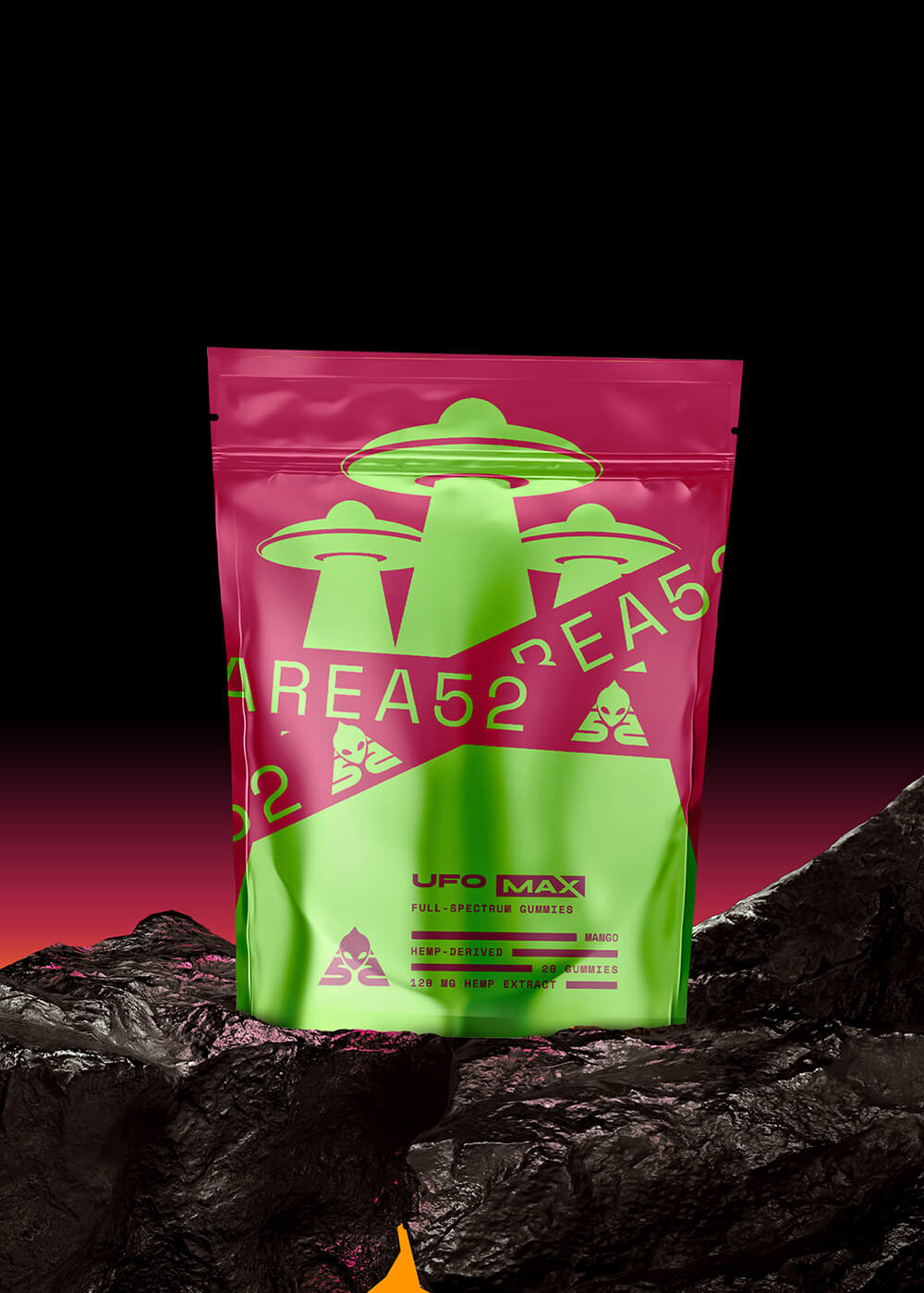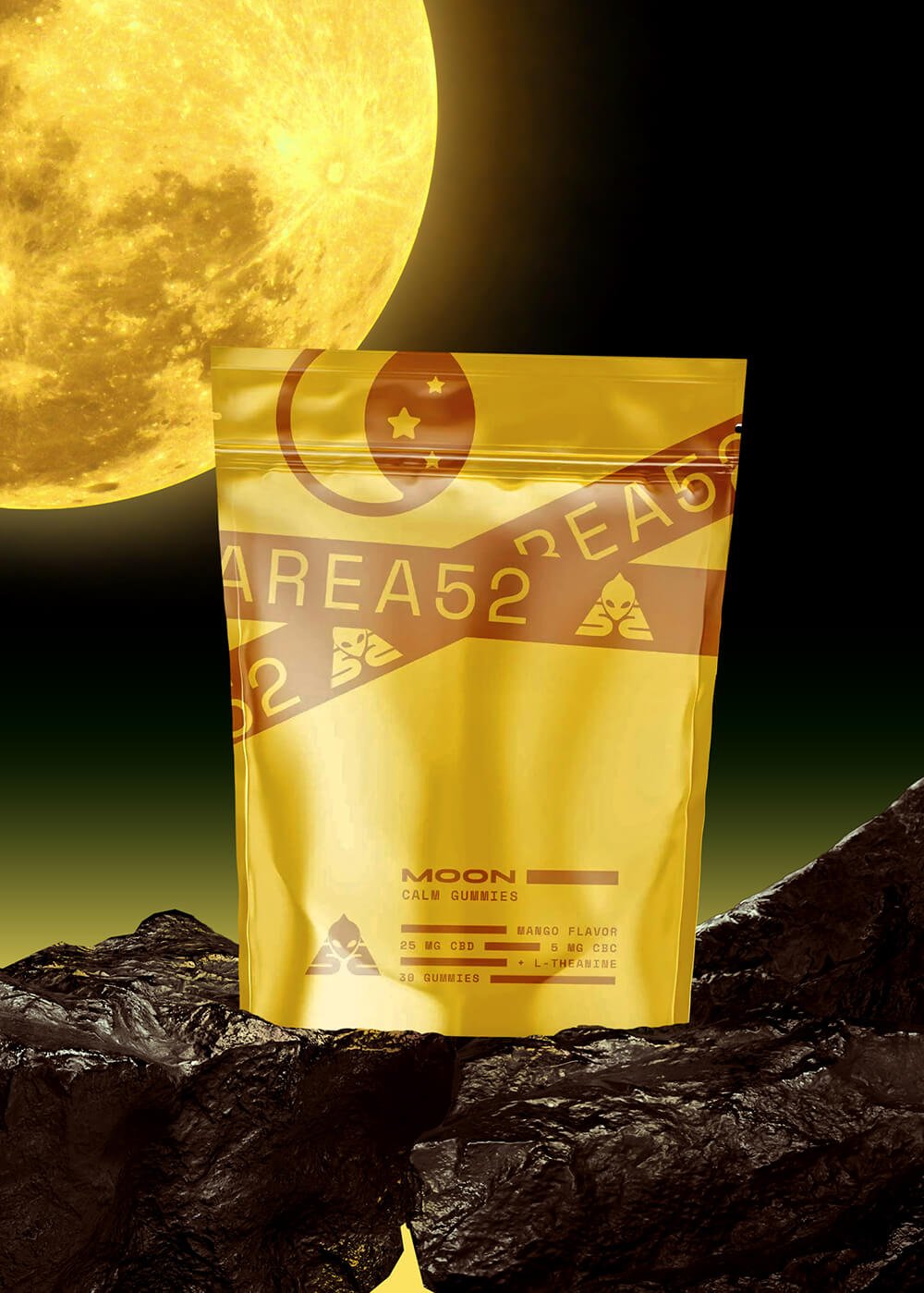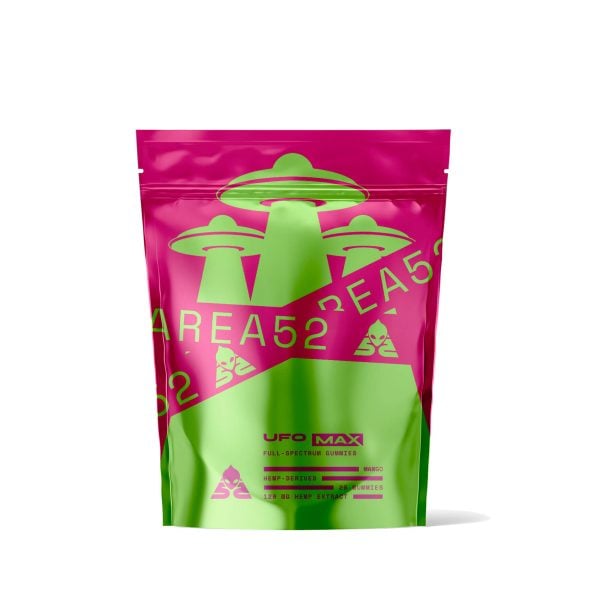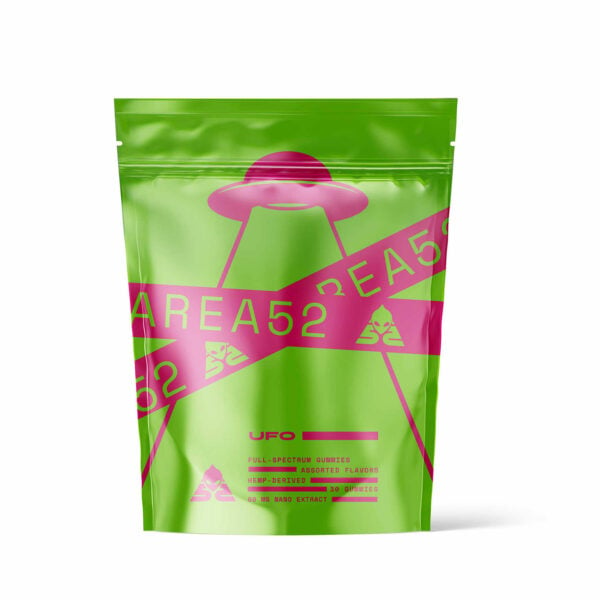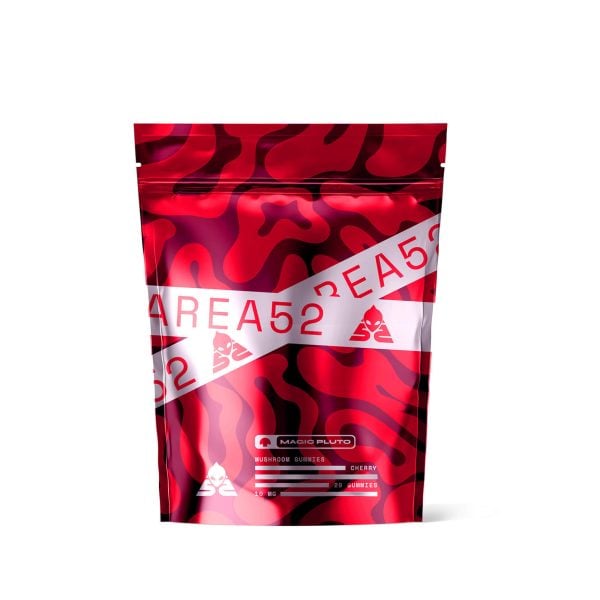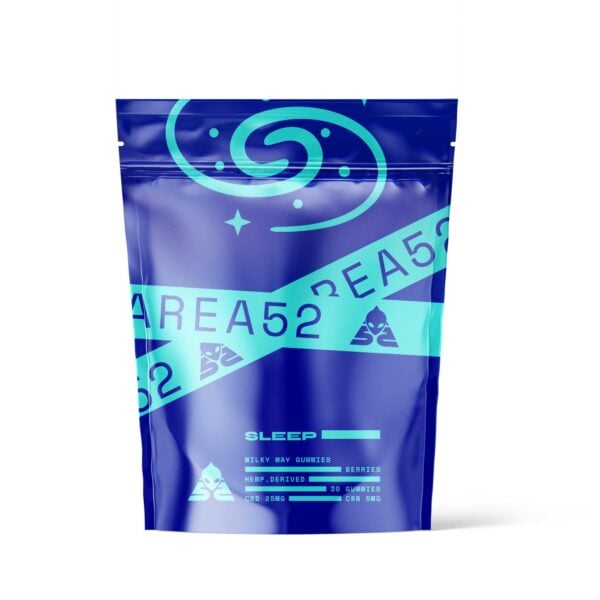History of Marijuana in the US: When Did Weed Become Legal?
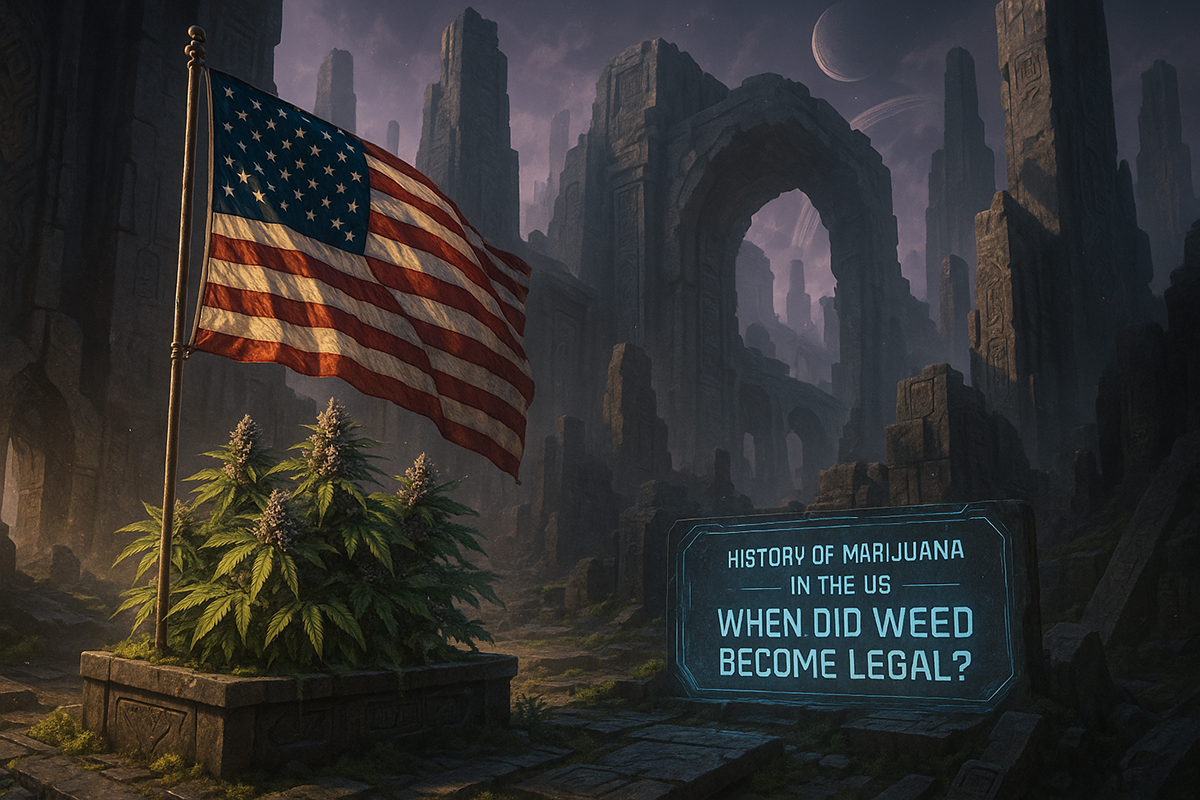
The US has a long and complicated history of marijuana laws rooted in racism. Weed’s path to legalization is as unique as its wrongful classification as a Schedule I drug — a drug with no medical uses or therapeutic properties but has strong potential for abuse.
It follows the aftermath of destroyed families, communities of color, and years of unjustly holding back scientists from doing extensive cannabis research — despite multiple reports and findings supporting the plant’s benefits.
This article walks you through the history of marijuana in the US and the timeline of marijuana laws to when we outlawed marijuana. We’ll discuss the ups and downs of the cannabis plant and its legalization experienced by both the people and the plant.
When Did Weed Come to North America?
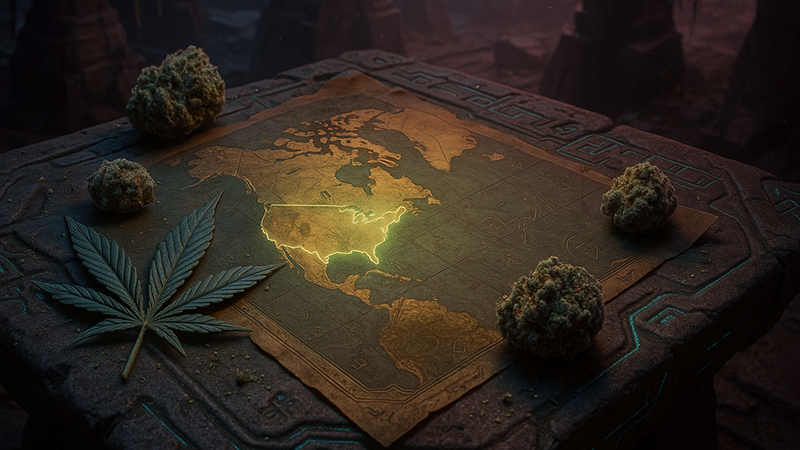
One of marijuana’s first concentrated forms, hashish, was widely used throughout the Middle East and certain parts of Asia after 800 AD.
Initially, cannabis made its way to the US with the early colonists.
In 1611, Jamestown settlers grew hemp for necessities like ropes, textiles, and sails. The plant’s fiber was so valuable that the state legally required its cultivation.
Hemp is not marijuana, though — it’s cannabis with a very low THC concentration.
In 1839, Irish physician O’Shaughnessy learned of the medicinal properties of marijuana during his trip to India. He introduced the plant to the elite of the Western world.
Cannabis wasn’t used for recreational purposes until smoking marijuana recreationally was introduced by Mexican immigrants.
By the 1850s, medicinal preparations from cannabis were widely available and used in pharmacies, thanks to the introduction by William O’Shaughnessy.
In the 1850s, cannabis was added to the US Pharmacopeia, and recreational cannabis was listed as a “fashionable narcotic.” Pharmacies were openly selling cannabis-infused drugs for a range of ailments.
This was short-lived, however.
In the 1900s, cannabis use came to a close with regulations and the strengthening of poison laws. Soon, prohibition followed, which also came with strict criminal penalties.
When Did Weed Become Legal Again?
A lot has happened in the last decade. Let’s look at the timeline of events.
2012
In 2012, Colorado and Washington shaped history by becoming the first two states to legalize marijuana for recreational purposes. Both states won the battle via referendums, marking the first time Americans could buy legal weed from a state-legal dispensary.
2014
Colorado opened its first marijuana retail stores on January 1, 2014, while Washington took until July 8, 2014, to open marijuana shops.
Oregon voters turned down the measure in 2012 but passed ballot measures two years later, in November 2014.
In December 2014, the states’ medical cannabis laws were protected from federal interference with the passage of the Rohrabacher-Farr Amendment [1]. The Drug Enforcement Administration (DEA) routinely targeted and arrested medical marijuana patients and seized medical cannabis from dispensaries. The amendment was interpreted correctly after a few court rulings, and the raids stopped.
Banks started to provide financial services to legal marijuana vendors as per guidelines issued by the federal government. While this solved major business hurdles, it can’t be denied though that federal marijuana laws still create significant barriers.
During this time, support for legalizing recreational marijuana grew as more people changed their views towards the plant. People believed that marijuana wasn’t as dangerous as portrayed and became unhappy with the high cost of enforcing marijuana laws. Youth supported the plant more than any other time in history and was against the growing prison populations among minorities.
2016
California, Nevada, Maine, and Massachusetts passed legal recreational ballot measures.
2018
In January 2018, Vermont became the first state to legalize weed through the state legislature rather than by ballot initiative. Adults in Vermont can possess up to an ounce of weed. The law permits each household to grow two mature and four immature marijuana plants.
Michigan legalized the cannabis plant in 2018 and opened retail stores statewide in 2020. Adult users can possess up to 2.5 ounces of cannabis and grow up to 12 plants — in spots unavailable to the public.
Following Vermont’s lead, Illinois legalized cannabis through the legislature instead of a ballot. The new law allows residents to possess 30 grams of weed and 5 grams of marijuana concentrate.
The Farm Bill removes hemp as a Schedule 1 Controlled Substance.
2020
Another four states legalized recreational marijuana in the November election, including Arizona, New Jersey, Montana, and South Dakota.
New Jersey voters approved the ballot in 2020, paving the way for the legalization of adult-use cannabis [2]. The state implemented legalization on January 1, 2021, authorizing the sale and use of recreational marijuana for individuals over 21.
About 60% of voters supported the Arizona measure on Election Day 2020. Although this law bans smoking in public, it establishes limited marijuana use, possession, and cultivation by individuals over 21.
Unfortunately, things didn’t progress in South Dakota because the state Supreme Court invalidated the 2020 marijuana legalization initiative. Considering the state’s conservative views on cannabis, South Dakota is taking baby steps and implementing the medical marijuana program.
2021
Four states legalized recreational marijuana, including New York, Virginia, New Mexico, and Connecticut.
On March 31, 2021, New York’s Governor Cuomo signed the Marihuana Regulation and Taxation Act, allowing individuals age 21 and older to possess up to 3 ounces of recreational cannabis [3].
On April 7, 2021, Virginia passed SB 1406, allowing residents age 21 and older to possess up to an ounce of recreational marijuana starting July 1, 2021 [4].
New Mexico’s Governor Lujan Grisham signed the legalization measure into law on April 12. The new law allows adults over 21 to possess up to two ounces of cannabis and grow up to 12 total plants per household.
Starting July 1, 2021, adults in Connecticut can possess up to 1.5 ounces of recreational marijuana in public. Governor Ned Lamont signed the state’s marijuana legalization bill on June 22, 2021 [5].
2022
Montana started legal recreational marijuana sales on January 1, 2022. The new law allows Montana adult residents to purchase up to one ounce of marijuana and grow up to two mature plants and seedlings in their homes.
As of February 2022, 37 states have medical marijuana programs (Mississippi became the latest one), and 18 states have legalized the recreational use of cannabis.
Next — a short rewind. Let’s see how we got here.
Why Was Weed Banned & What’s Next?

Before it was legalized, weed’s smooth sailing hit a dead end in the 1900s.
In 1906, the Pure Food and Drug Act was enacted — this was the beginning of the road to prohibition. It listed cannabis alongside alcohol, morphine, and opium under the category “addictive and/or dangerous” drugs. This Act gave the federal government control over drug products nationwide.
Officially, the prohibition phase began in 1911 in Massachusetts as the state started requiring a prescription for sales of Indian hemp.
In 1913, California, Maine, Wyoming, and Indiana banned the plant.
As smokeable weed started to emerge in the US from Mexican refugees and immigrants from the Caribbean, other states began to ban the plant. Between 1913 and 1933, a total of 29 states criminalized cannabis.
Marijuana & Fear-Based Legislation
During that time, Aslinger, an associate in the Prohibition Department and promoted head of the Federal Bureau of Narcotics, helped spread radical and racist propaganda about marijuana and promoted the Uniform State Narcotic Act. Despite his extreme claims, the uneducated public believed his lies and public perception created a culture of pot paranoia accentuated by 1936’s Reefer Madness.
In 1937, North America effectively banned cannabis with the passage of the Marihuana Tax Act — drafted by Aslinger. This resulted in cannabis being removed from the US Pharmacopeia five years later.
In 1957, the Narcotics Control Act was enacted, giving severe penalties to people caught trafficking drugs and distributing marijuana.
In 1939, New York Mayor and a strong opponent of the Marijuana Tax Act, LaGuardia, created a committee that researched the effects of marijuana and proved Anslinger’s claims to be false.
In 1970, the Comprehensive Drug Abuse Prevention and Control Act was enacted and its Controlled Substances Act listed cannabis as a Schedule I drug, placing it among drugs with high potential for abuse and no accepted medical benefits. The Act is relevant today as cannabis remains a Schedule I drug, despite all scientific evidence.
In 1986, the Anti-Drug Abuse Act was passed to further enhance drug laws and establish programs that prevent drug abuse, including the expansion of drug treatment programs.
Established in 1974, the National Institute on Drug Abuse (NIDA) became the entity with an exclusive right to contract cannabis cultivation for research purposes.
The Beginning of Medical Marijuana
Despite President Nixon’s “war on drugs,” people didn’t give up on marijuana. Robert Randall, a glaucoma patient, was caught cultivating the plant, fought criminal charges, and won.
The judge ruled that Randall had a “medical necessity” to use marijuana, so he became the first American to receive medical marijuana from the government, which was the seed for the start of NIDA’s Compassionate Use program. This program was heavily hit in the early 1990s, but states didn’t give up on the plant and its citizens in need.
In 1996, California became the first state to legalize medical marijuana. Three more states broke the ice within the next two years and created legal cannabis programs for medical purposes. Although dispensaries and patients faced uncertainty, the legalization of medical marijuana was the stepping stone to the start of the most outstanding cannabis revolution of the century.
Conclusion: What Does the Future Hold?
The future looks bright for cannabis as the lines between hemp and marijuana are starting to blur. Next comes full legalization of the plant, which is clear from the rise of cannabinoid products with different CBD to THC ratios.
On December 20, 2018, President Trump signed the Agriculture Improvement Act of 2018, known as the Farm Bill. The Act legalized hemp with no more than 0.3% delta 9 THC by dry weight and removed the plant from the Controlled Substances Act.
Many things remain in the gray area with hemp products because, under federal laws, it’s illegal to include CBD in food and beverages without FDA approval.
Now that hemp is legal, manufacturers have started to extract and offer products with high levels of legal THC. So, the complete legalization of cannabis with high THC is in sight. Young people are more supportive of cannabis than ever before, and activists are not backing off even when states invalidate initiatives.
FAQs on the History of Marijuana in the US
Below, we’ve gathered a short list of questions commonly asked about marijuana history in the US.
1. When Was Marijuana First Used in the United States?
Hemp and marijuana are both types of cannabis plants. Hemp, the non-psychoactive plant, has been in use since the 1600s in many industries. Cannabis, as a recreational tool, was introduced by the Mexicans. When they started migrating to the US after the Mexican Revolution in the early 1900s, they brought with them the culture of smoking cannabis for recreational use, which they called marijuana.
2. Was Marijuana Native to America?
No. Cannabis originated in Central Asia, and travelers brought the plant to neighboring countries in Asia, Africa, and Europe. Spanish colonists then brought the plant to the Americas.
3. What is the Original Name of Marijuana?
The linguistic origins of the name marijuana remain unknown, but some say it came from the Spanish word “mariguan,” a plant that’s not native to Mexico but has been grouped together with other psychoactive plants commonly found in the country.
4. Why Was Marijuana Made Illegal in the USA?
Marijuana prohibition in the US has origins deeply rooted in racism and xenophobia, political motivations, and misinformation, which led to the enactment of the Marijuana Tax Act of 1937 and other stricter policies. Propaganda and misinformation campaigns from the US then contributed to global prohibition, leading to the signing of international drug control treaties.
5. Has Marijuana Use in the United States Changed Over time?
Yes. Several states have legalized marijuana for medical conditions, and it wasn’t long before marijuana also became legal for recreational purposes, with Colorado and Washington kickstarting the movement. Today, 24 states as well as the District of Columbia have legalized marijuana for both medicinal use and recreational use.
